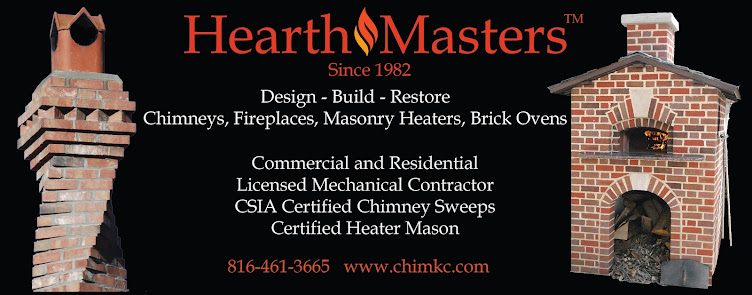It's Spring Cleaning Time!
Chimney Sweeping should be done in the Spring!
It's that time of year again - when chimneys serving fireplaces, wood stoves, or woodstove inserts should be swept to remove flammable creosote. Why not wait until Fall? For several reasons:
- Summer heat and moisture make soot in the flue smell bad
- Creosote is acidic, and it eats away at mortar in the flues of masonry chimneys.
- Fall is a busy time for chimney sweeps, so make it easy and do it now!
This type of service should be completed by a professional chimney sweep who knows how to do the job right and inspect the chimney after sweeping to assure that it is in good working order. Inexperienced persons do not have the training to do this job correctly.
While at your home, ask your chimney sweep to inspect gas flues as well. Flues serving furnaces, boilers, water heaters, and gas logs or gas inserts also need to be inspected annually. Flues with damages or clogs can cause deadly Carbon Monoxide to back up into the home.
___________________________________________________________
It's time to have your dryer vent cleaned!
Did you know that only 25% of lint is trapped in the lint filter? The rest is in your dryer vent, dryer, and connecting pipe!
There are over 45,000 house fires annually due to dirty dryer vents!
LINT IS FLAMMABLE!
If your dryer is not working properly, it is a sign that the vent and pipe need to be cleaned. This job should be done by a professional.

















